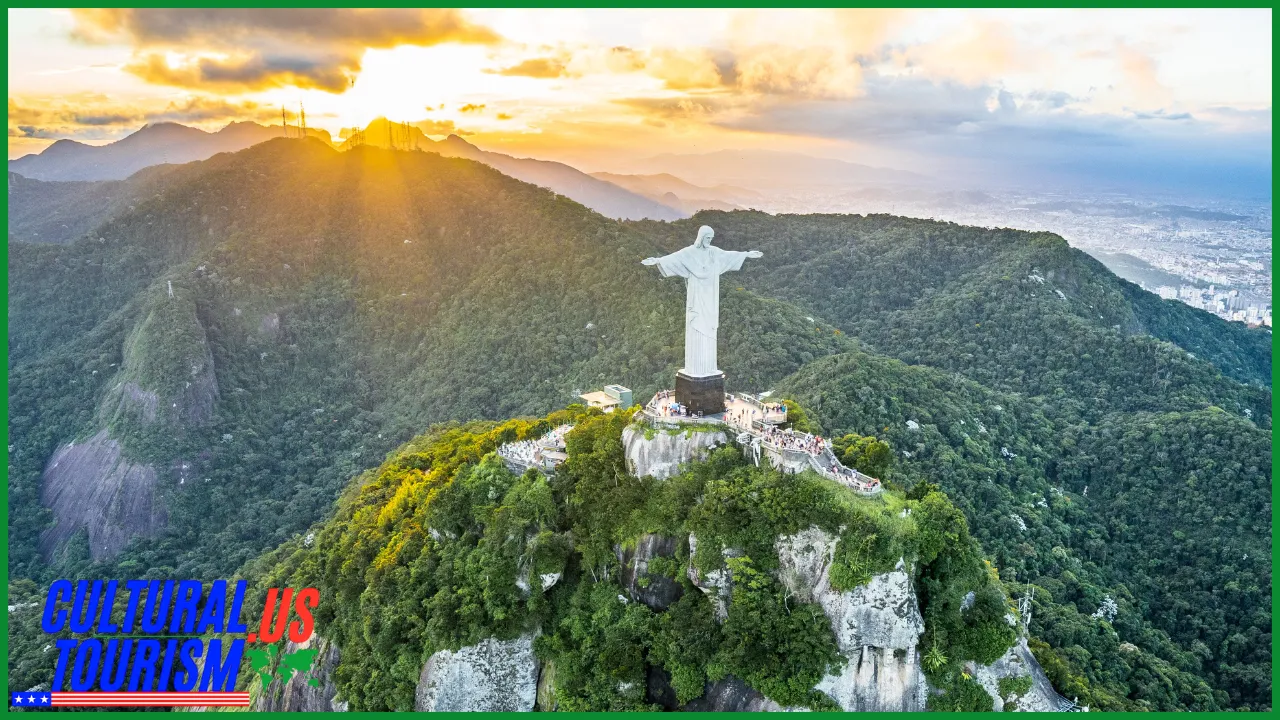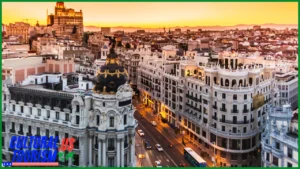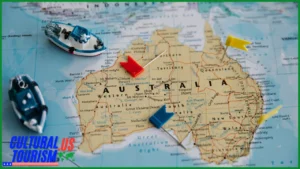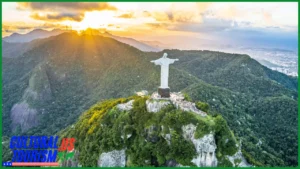Exploring Brazil’s Colorful Colonial Towns
So, if you’re reading this, you already know that Brazil is more than just samba, soccer, and those absurdly vibrant Carnival parades, right? Nestled within its vast landscapes are charming colonial towns that tell stories as rich as the coffee you’ll find in the local cafés. These towns are like time capsules, transporting you back to when the Portuguese were busy building empires—complete with cobblestone streets and pastel-colored buildings. Ready to dig in?
Why You Should Visit
Picture this: you’re sipping on a caipirinha while surrounded by beautifully preserved architecture, vibrant art, and more history than a history book could handle. If that doesn’t excite you, maybe you should check your pulse! These towns are perfect for anyone looking to stroll through the past, take killer Instagram shots, and take a break from typical tourist traps. Let’s break it down, shall we?
Key Colonial Towns to Explore
| Town | Highlights | Fun Fact |
|---|---|---|
| Ouro Preto | Stunning baroque churches and incredible gold mines | Its name means «Black Gold» and it’s actually a UNESCO World Heritage site! |
| Paraty | Beautiful beaches and preserved colonial buildings | It’s where they film a ton of Brazilian soap operas—seriously, it’s like the Hollywood of Brazil! |
| Diamantina | Cultural festivals and mouthwatering empadas | It’s the birthplace of a Brazilian president! Talk about a political pedigree. |
| Salvador | Rich Afro-Brazilian culture and delicious moqueca | This city is the first capital of Brazil—it’s like the Old Town of Brazil! |
Getting There: The Road Less Traveled
Now, you might be wondering, «How do I actually get to these historical honey holes?» Well, here are a couple of travel tips for you:
- Fly into Major Airports: Cities like Belo Horizonte and Rio de Janeiro are your best bets for entering the colonial wonderland. From there, just grab a bus or rent a car and hit the open road!
- Local Transport: In these towns, walking is your best friend. The streets can get a bit winding, but hey, that’s what makes it feel like an adventure, right? Plus, you’ll want to work off those pastéis de nata!
- Watch Out for Festivals: Often, towns host festivals—like the famous Festa do Bonfim in Salvador—which can be a blast but also means crowds. Check schedules before you go!
Things to Do and See
So, what’s on your to-do list? Here’s the scoop on what you can’t miss:
Stroll Through History
- Explore the local churches, especially in Ouro Preto—seriously, they are jaw-droppingly ornate. Remember, no shorts!
- Don’t skip out on museums, whether it’s art or history. You’ll learn more than you did in school, and that’s a promise!
Sample the Local Cuisine
- Dive into some feijoada—a hearty bean stew that’s a national dish. Warning: You may become addicted.
- Grab a slice of traditional bolo de rolo in Pernambuco; it’s like a rolled-up cake that’s just as delicious as it sounds!
Pro Tips for Your Colonial Adventure
If you’re aiming to crank up the fun, here are some suggestions:
- Time Your Visit: Shoot for the dry season (May to September) to avoid any rain showers that could turn your stroll into a water park adventure.
- Stay Locally: Opt for guesthouses or hostels to soak in the local vibe. Many come with the best ‘insider’ tips from fellow travelers!
- Don’t Be Shy: Engage with locals! They are usually warm-hearted and thrilled to share a slice of their life. Just like that awkward guy at a party; the more you chat, the less awkward it gets!
Final Thoughts
If you’re looking for a way to spice up your travel plans, Brazil’s historic colonial towns are your golden ticket. With stunning scenery, rich history, and mouthwatering food, you’ll leave with a heart full of memories and probably a few extra pounds from all that comida deliciosa. So, pack your bags, grab your camera, and get ready to explore a side of Brazil that’s just waiting to be discovered. Share this with a friend, because adventures are always better when you have someone to reminisce about them with!
Essential Travel Tips for Your Brazilian Adventure
Ready to dive into Brazil’s colonial treasures? Before you hop on that plane, here are some extra nuggets of wisdom to ensure you have the time of your life (and maybe even avoid a few travel faux pas)!
| Tip | Details |
|---|---|
| Currency | The Brazilian real (BRL) is the official currency. Make sure to have some on hand, especially in smaller towns where credit cards might be a myth! |
| Time Zone ⏰ | Brazil spans multiple time zones. Most colonial towns are in Brasília Time (BRT), which is UTC-3. So, don’t confuse your brunch time! |
| Climate ☀️ ️ | Expect a tropical climate—hot and humid in summer (December to March) and milder during winter (June to August). Pack your sunscreen… and maybe an umbrella! |
| Transportation | When in town, walking is key! Bring comfy shoes because those cobblestones can be a bit rebellious. For longer treks, buses are decent but prepare for some “local adventures” in the process. |
| Language | Most locals speak Portuguese. Brush up on a few phrases; they’ll appreciate the effort! “Obrigado” (thank you) goes a long way. |
| Local Etiquette | Greet with a smile and a handshake or a kiss on the cheek (not too aggressive). People are super friendly—they want to know you’re not just after their food! |
| Safety Tips | Like any travel destination, stay aware of your surroundings—especially in crowded areas. Leave those flashy jewelry pieces at home; it’s best to keep it low-key! |
Must-Try Brazilian Snacks ️
While you’re exploring, don’t forget to curb your hunger with some local delicacies!
- Pão de Queijo: Cheesy bread rolls that are essentially little bites of heaven. Trust me, a meal without them feels incomplete!
- Brigadeiro: The beloved chocolate truffle that’ll have you questioning how many you can fit in your mouth. Spoiler: it’s a lot!
Keep These in Mind
- Stay Hydrated: Brazil can get toasty! Drink plenty of water, and consider a coconut water for that tropical feel. It’s basically nature’s Gatorade!
- Social Media: Want to post those epic vacation pics? Check if your accommodations offer good Wi-Fi, or else you might end up with a “no signal” scare in the middle of paradise.





